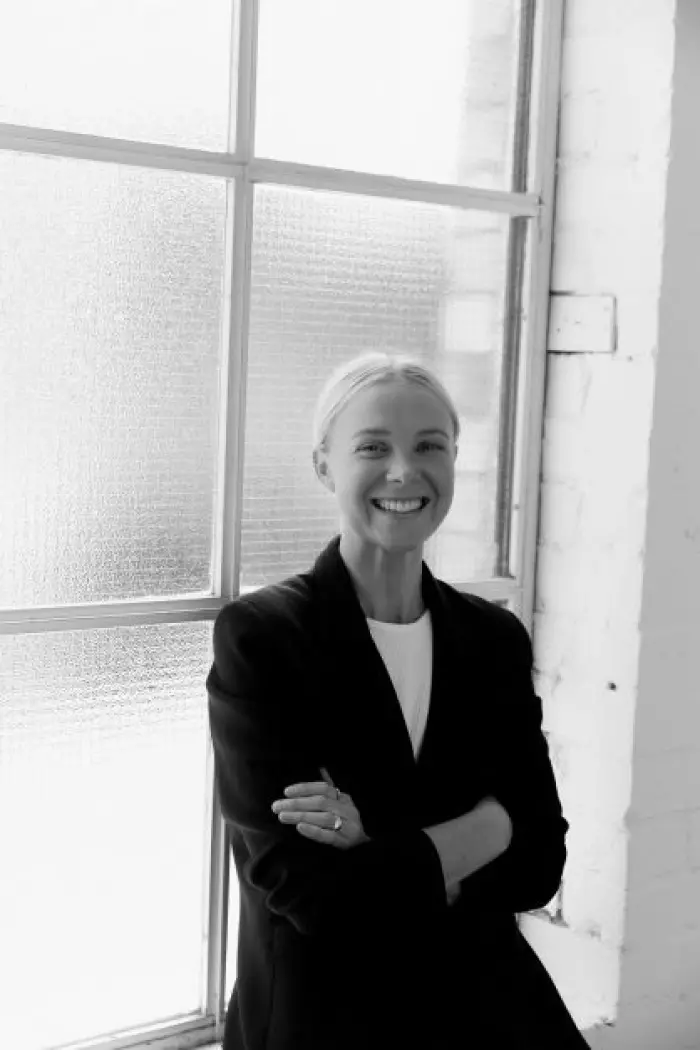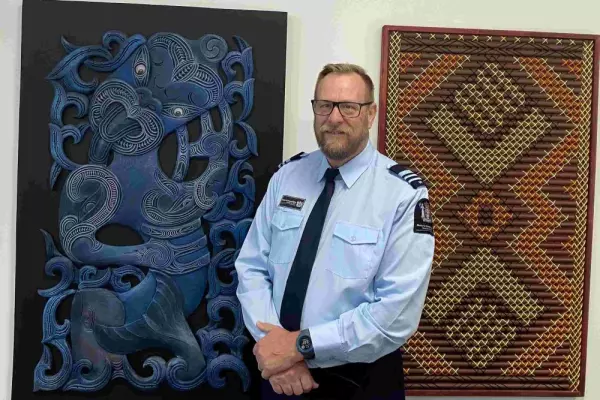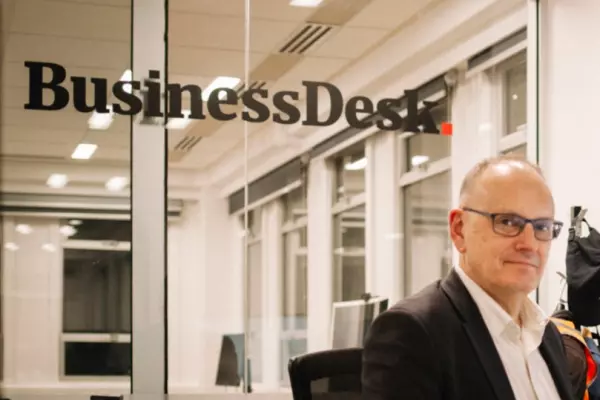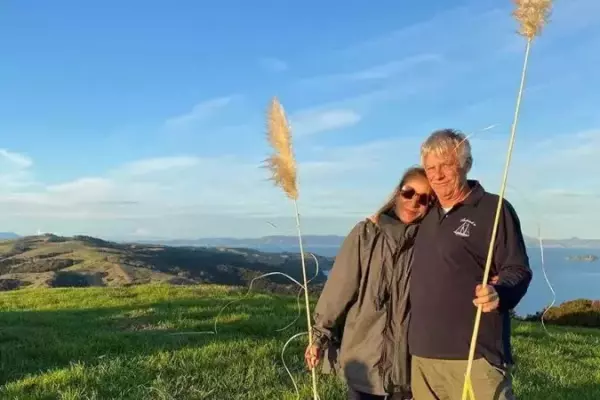An eight-week scholarship to India to learn more about the garment-making process dramatically changed the career path of Natalie Procter, a womenswear designer and founder of fashion label Mina.
“Before I went to India in the last year of my fashion degree, I hadn't envisaged starting my own clothing label – I imagined working with a small business and being part of its growth,” Procter says.
“But my trip to India made me want to start something of my own.”
After Procter came back to New Zealand, she decided to create a fashion label that worked with the local communities and connections she made during her trip to India.
In reality she found communicating with international suppliers was too slow for the fast-moving pace of the fashion world and made the decision to bring Mina – named for her grandmother Wilhelmina – closer to home.
“I decided to focus on being New Zealand-made and working with the local suppliers and makers here in New Zealand instead,” she says.
“That’s probably been the best decision I’ve made.”
In four years, Mina has grown from a small idea to a bustling, sustainable, fashion label. Mina limits its environmental impact with a strong focus on creating stylish and comfortable women’s clothing that will stay in your wardrobe longer than a season.
Mina uses “deadstock” fabric in most of her pieces – bulk fabric left over from other fashion houses that would otherwise go to waste.
“Using deadstock fabric means you get exclusivity over those fabric selections. It feels good that we’re not contributing to more fabric waste when there's already so much out there,” Procter says.
“You know you’re not going to walk down the street and see three other women have the same dress or are wearing the same fabric as you are. It makes the fabric and our garments more special.”
Natalie runs Mina with her mother Michelle, who taught her daughter how to sew. Procter says she loves that the two of them now own and manage a fashion label together.
“I'm so lucky to work with my mum, because it's such valuable time. I'll look back when I'm older and appreciate that I got to spend so much really good time with my mum,” she says.
“We’ve built something really special together.”
Choppy waters
Mina has spent half its lifespan in the choppy waters of the pandemic, a challenge Procter worried they wouldn’t be able to overcome.
“When the pandemic first started, we were quite heavily relying on our retailers as we didn't have our own store then, just our online presence,” she says.
At the time, more than 60% of the business was wholesale. When the pandemic started to close retailers' doors, Procter says this was the push they needed to grow the brand from their own end.
“We've definitely gained more customers coming out of covid-19 from people wanting to support local, made in New Zealand, businesses” Procter says.
“We've definitely learned a lot and grown quite a bit as a brand throughout it all. When I look at other fashion brands that are made offshore, our ‘made in New Zealand’ focus has worked in our favour with international supply challenges affecting businesses that rely on their stock being manufactured offshore.”
Eyeing Australia
Mina opened their first store in Grey Lynn last year. This has become the Mina HQ as their studio, stockroom and office for all things Mina.
Mina is contemplating expanding into international markets with a step into the Australian market on the cards as the online store already has steady sales to Australia which gives Procter the confidence that her garments would be a success across the Tasman.
For now, she’s quite happy there’s just one Mina store tucked away in Grey Lynn and appreciates the perks that come from running a brand wholly designed and made in NZ.
“We can drive five minutes and go see our fabric wholesalers or drive 10 minutes and meet one of our makers” she says.
“Not many brands are able to do that.”
Jumping in the deep end
Procter says studying fashion design at Massey University in Wellington gave her the design experience she needed to get a fashion label off the ground but not necessarily the business knowledge.
“I had a small amount of industry experience through internships, but I didn't know anything about things like taxes and running a business” she says.
“Looking back, I went into it quite naively, which meant it came with a lot of learning, right from the get-go.”
As Mina has grown, Procter spends less time designing and more time running the business – from the shop floor to the accounts, to website enquiries, online orders and all the other demands that come with managing a fashion label.
“I have to wear many different hats and have to constantly put myself into different roles, which can be tough to juggle at times,” she says.
“When I started out, I didn’t realise how much time would be spent on the business side of things, versus leaning into the creative side.”
Procter says she doesn’t have to look far for design inspiration as this comes from the community of women that she surrounds herself with.
“To a certain extent my designs come from what mum and I want to wear which are timeless pieces which praise a women's natural figure,” she says.
“At the end of the day, it makes me really happy to design garments that women treasure and feel empowered in.”














